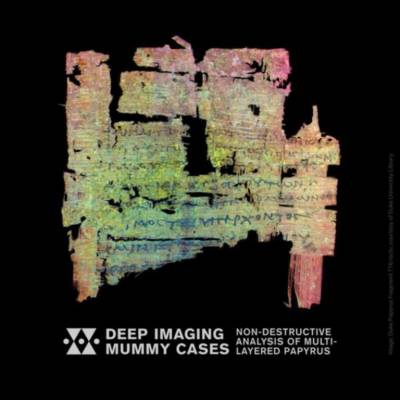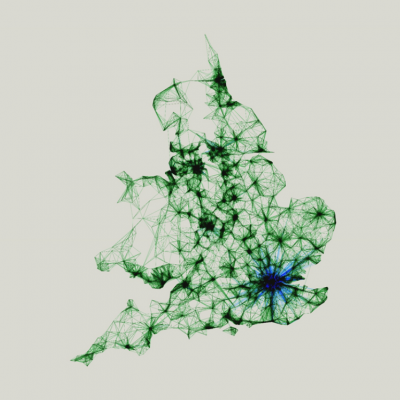Research
UCL eResearch domain community performs theoretical and applied research across a diverse range of fields unified by using three approaches:
Computational Science
This approach uses computers, software, and algorithms to build simulations and models, or create new knowledge which can be compared to experimental research data. Examples of this research include:
- Dr Clare Jolly (Infection & Immunity) and Changwang Zhang (Computer Science) noticed that the spread of HIV through the body using two methods was similar to how some computer worms spread. Together they created a model for this 'hybrid spreading', which accurately predicted patients' progression from HIV to AIDS in a major clinical trial. The new model should be able to assess the effectiveness of drugs against different modes of HIV spread in real patients
- The FP7 Resilient Infrastructure and Building Security project, led by Dr Hervé Borrion (Security and Crime Science), created a simulation environment to assess the vulnerability of buildings to terrorist attacks, and model the implementation of security measures. This computational tool was particularly useful to identify the unintended impacts of counter-terrorism measures in the event of biological or chemical attacks.
Data Science
Data Science use computational analysis of big data sets to reveal patterns, trends, and associations, enabling them to extract valuable insights for their research. Examples of this research include:
- Prof Paul Longley (Geography) is the UCL director of the Consumer Data Research Centre which is working with commercual organisations to open up their data resources for researchers. This is enabling improved understanding of consumer dynamics and behaviour.
- Researchers have analyzed millions of Oyster Card journeys to understand how, why and where we travel in London. Professor Michael Batty (Centre for Advanced Spatial Analysis) and Dr Soong Kang (Management Science and Innovation) applied the techniques of complex systems and to explore patterns of commuting by tube into central London which can be used to predict and mitigate the impact of major changes to infrastructure such as the construction of Crossrail. These new tools are also being applied to other complex transportation systems which they are doing with similar data for Singapore, Beijing and Seoul.
Digital Technology
Digital Technology research develops and uses digital or computerized devices, methods and systems to gain new understanding. Examples of this research include:
- HeLP-Diabetes is an online intervention to improve self-management of type 2 diabetes in adults which the eHealth Unit led by Prof Elizabeth Murry (Primary Care & Population Health) developed and are currently evaluating.
- Prof Melissa Terras (UCL Centre for Digital Humanities) and Prof Adam Gibson (Medical Physics and Biomedical Engineering) direct an international, multidisciplinary project to assess the feasibility of using non-destructive digital imaging technology to make texts visible in images of papyrus in mummy case cartonnages for open research and analysis.
- Immersive virtual reality technology is being used by Dr Sylvie Delacroix (Law) to gain a better understanding of both the cognitive and intuitive processes underlying professional judgement and expertise across a variety of fields VR and the Professions.
- ECHOES is a technology-enhanced learning environment developed by Dr Kaska Porayska-Pomsta (IOE) and team for 5 to 7 years old children on the autism spectrum where they can explore and practice skills needed for successful social interaction. As well as being a tool for learning by children, ECHOES is a research tool for exploring the specific difficulties of individual children in relation to social interaction.
 Close
Close



